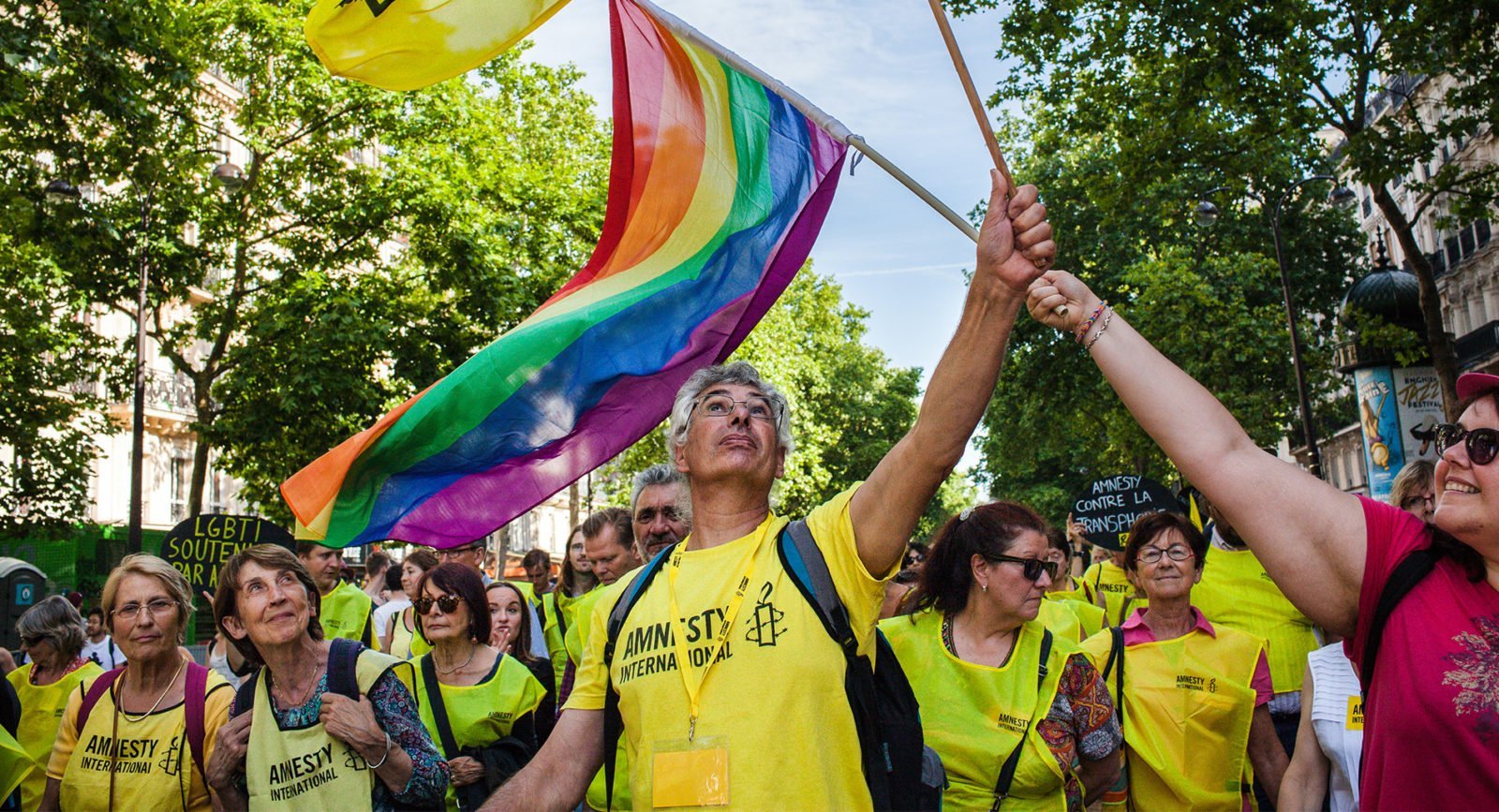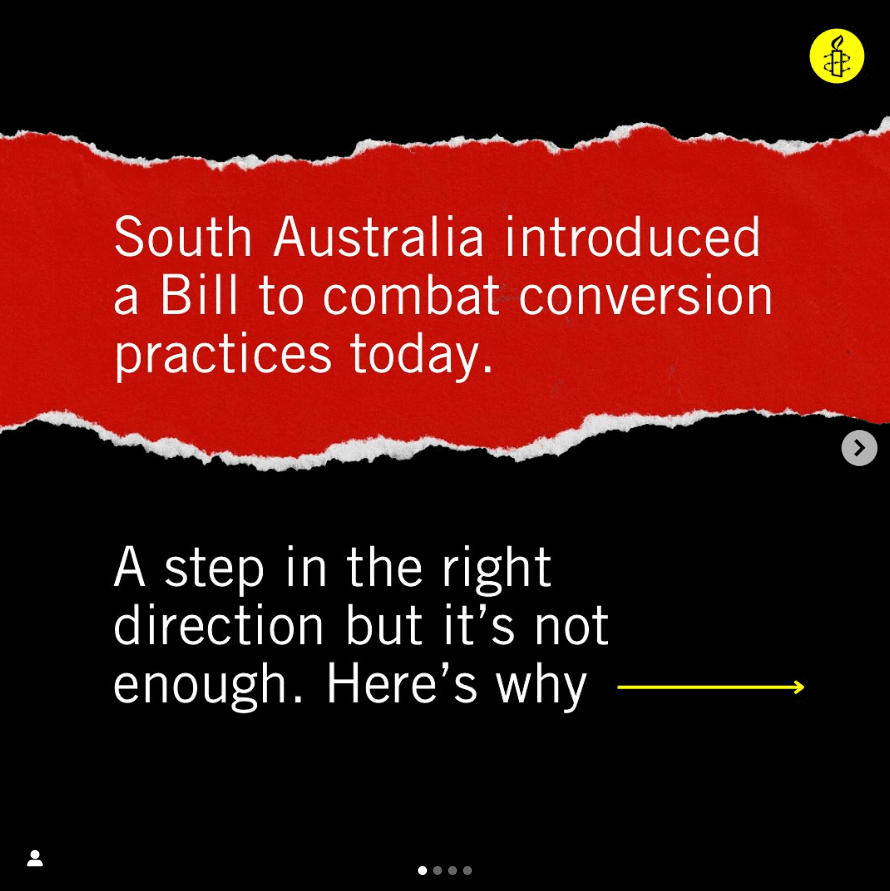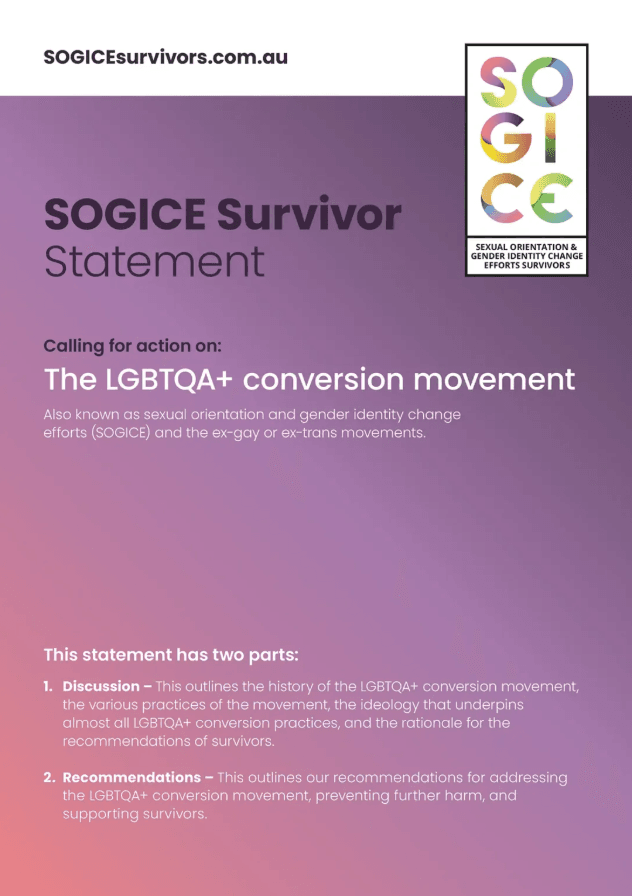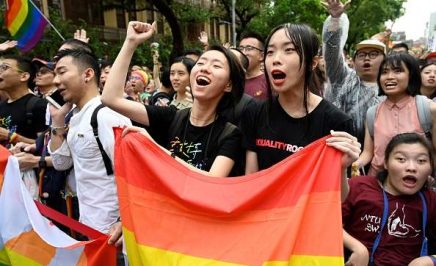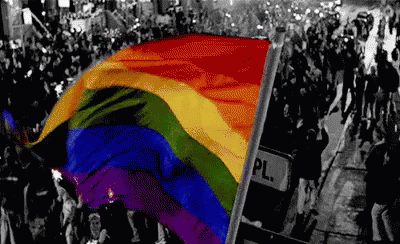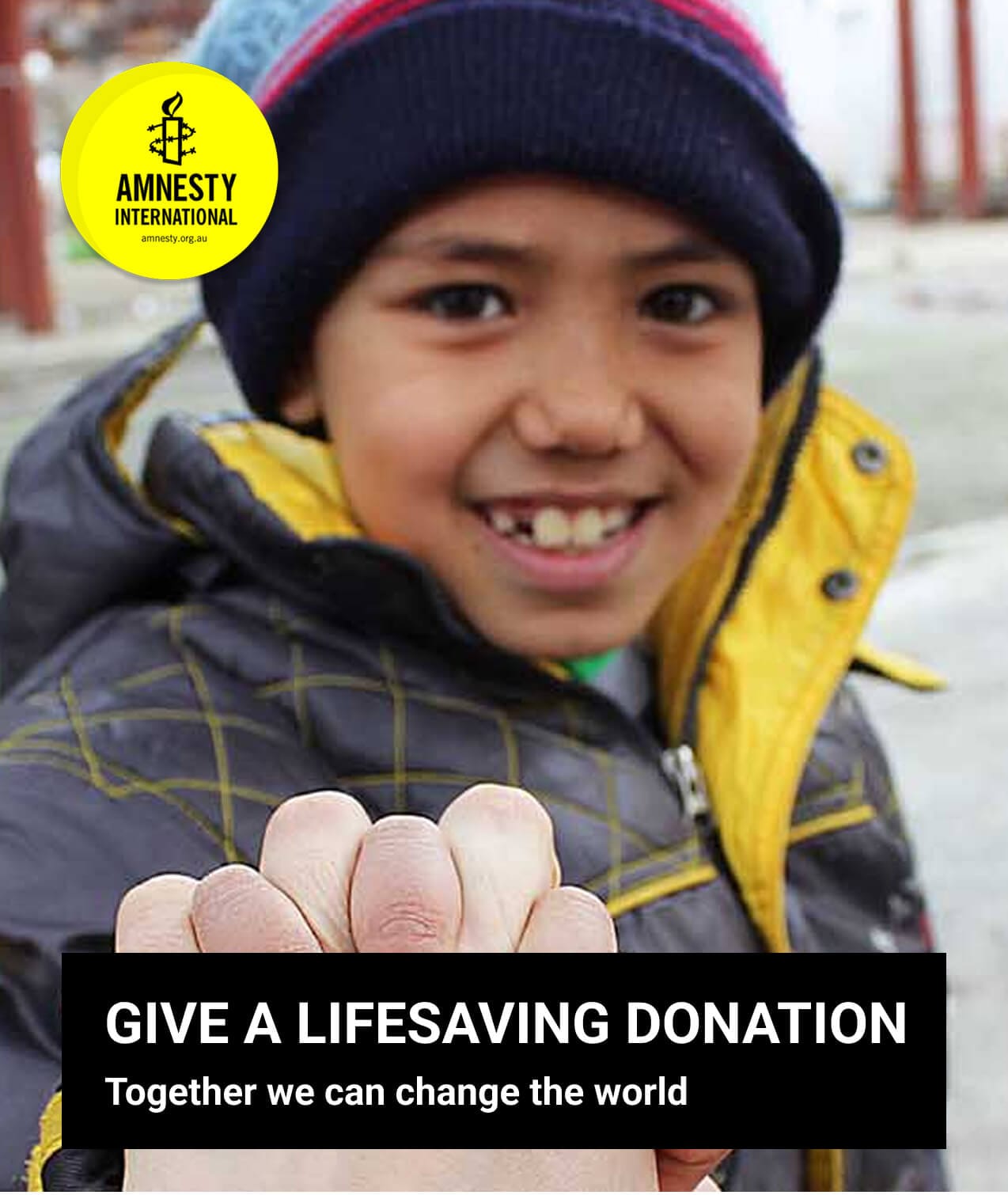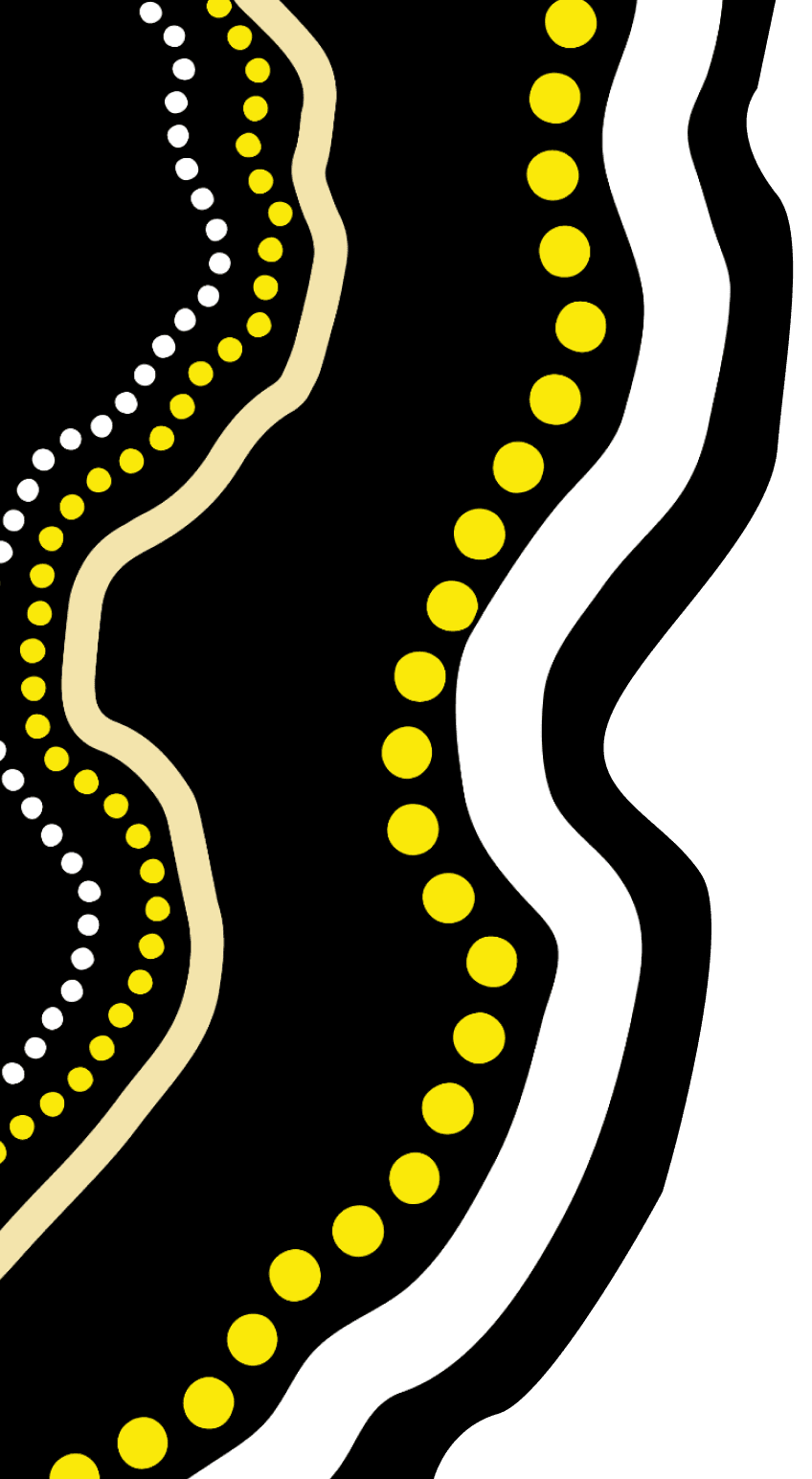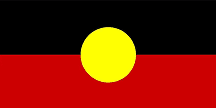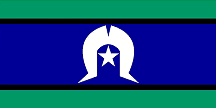Content warning: this article contains discussion of homophobia, transphobia, conversion practices, physical and sexual assault.
What are conversion practices?
Conversion practices – also known as Sexual Orientation and Gender Identity Change Efforts (SOGICE) – are formal therapeutic and informal practices that target LGBTQA+ people with the false ideology that their sexual orientation, gender identity or gender and sexual expression can be changed or suppressed.
This practice includes subjecting an LGBTQA+ person to methods of torture and inhuman or degrading treatment to change their sexual orientation and/or gender identity. Some of the methods used include beatings, rape, electrocution, forced medication, confinement, forced nudity, verbal abuse and aversion therapy. The most extreme methods include lobotomy, castration and clitoridectomy.
The conversion movement became widespread in Australia by the 1970s and was originally known as the ‘ex-gay movement’. This movement operated under the belief that same-sex attraction or transgender identity/expression was ‘unnatural’ and could be altered through prayer, personal effort or through celibacy and/or heterosexual marriage. Some branches also saw same-sex attraction as the result of spiritual influence.
These beliefs became the basis of conversion ideology and how it operates today.
In the 1990s, social attitudes towards LGBTQA+ people shifted and the language of conversion practices became more implicit. Conversion practices were often described as “freeing” LGBTQA+ people from experiencing “unwanted” same-sex attraction or gender divergence. Despite this language change, conversion practices remained largely the same.
To this day, these practices are commonly misrepresented in the media as ‘gay conversion therapy’, however, Australian survivor groups use the term ‘LGBTQA+ conversion practices’ to avoid associating the practices with therapy, as they are not at all therapeutic.
3 common myths about conversion practices
1. “Conversion practices are outdated and easy to spot”
Media coverage of conversion practices often represents them as outdated, explicitly homophobic and formal. However, since the 1990s, conversion practices have frequently hidden their anti-LGBTQA+ ideology by representing these practices as part of spiritual healing, mental health and religious liberty.
These practices are often carried out in the context of pastoral care, prayer ministry, ‘accountability’ groups or by counsellors or life coaches. Because of this, they can often be difficult to spot and rationalised by religious groups as providing care for “unwanted” same-sex desire/gender expression. However, conversion practices can be identified by their common beliefs in conversion ideology.
2. “It doesn’t happen anymore” or “conversion practices don’t happen in Australia”
According to the report Preventing Harm, Promoting Justice – a joint initiative of La Trobe University, the Human Rights Law Centre and Gay & Lesbian Health Victoria – 10% of LGBTQA+ Australians are vulnerable to conversion practices.
Thanks to the advocacy of survivors and allies, Victoria, Queensland, NSW, the ACT and South Australia have all introduced laws combatting these harmful practices.
In February 2022, Victoria’s world-leading legislation came into effect. The legislation is based on the most comprehensive research and informed by the most prominent survivor groups in the world. It goes to the heart of conversion ideology and practices, and carefully and incisively identifies religious practices where intent to change or suppress is present in the context of individual-focused interactions and where demonstrable harm results.
Queensland and South Australia’s laws, on the other hand, are among the weakest in the world. Concerns with their laws include:
- Only concerning extremely rare conversion practices that occur in formal healthcare settings,
- Third parties cannot bring complaints on behalf of survivors, and
- Practices must occur more than once before they can be addressed by the laws.
Important steps have been made to protect the human rights of LGBTQA+ people, but Australian legislation still has a long way to go to properly combat conversion practices.
3. “Being against conversion practices is a threat to religious freedom”
While conservative religious beliefs on ‘sexual sins’ are often still considered harmful to LGBTQA+ people, it is important to note that conversion practices and religious beliefs are very different.
Conversion practice ideology is the belief that all humans are born with the potential to develop into heterosexual, cisgender people and those that do not have had their development stunted through abuse, neglect, social influence, inappropriate parenting or spiritual issues. It is believed that those who undergo this commitment will either become heterosexual and cisgender or will overcome their ‘sexual brokenness’.
Advocacy groups are specifically targeting the use of conversion ideology practices that restrict the human rights of LGBTQA+ people.
Impacts of conversion practices
In Australia, three in ten people who identify as LGB are currently experiencing depression – that’s four times the rate of heterosexual people. And almost half the people who identify as LGB are currently experiencing an anxiety condition – two and a half times the rate of heterosexual people.
“Conversion practices have the potential to produce or increase feelings of self-loathing within people struggling with their sexual orientation and gender identity. Given the growing body of medical and scientific evidence of the harm caused by conversion practices, and the clear benefit of supporting and accepting people to come to terms with their sexuality or gender identity, conversion practices are inconsistent with the right to the highest attainable standard of health.” – Preventing Harm, Promoting Justice report
Under international human rights law, Australia has an obligation and duty to protect, respect and ensure the fulfilment of the rights enshrined in the treaty. As conversion practices are found to breach international human rights law, governments in Australia have a responsibility to act to address the harm they cause.
What can we do?
Together, we can pressure Australian governments to work with survivor groups, like SOGICE Survivors and Brave Network, to draft effective legislation that to combats conversion practices.
The two-part SOGICE Survivor Statement has become one of the world’s most prominent and respected survivor-led documents. It presents the first critical definition of conversion ideology and outlines the primary categories of conversion practice, along with carefully developed recommendations for intervention.
Amnesty International is a global movement of more than 10 million people who take injustice personally. We are campaigning for a world where human rights are enjoyed by all – and we can only do it with your support.
Act now or learn more about a Human Rights Act.
